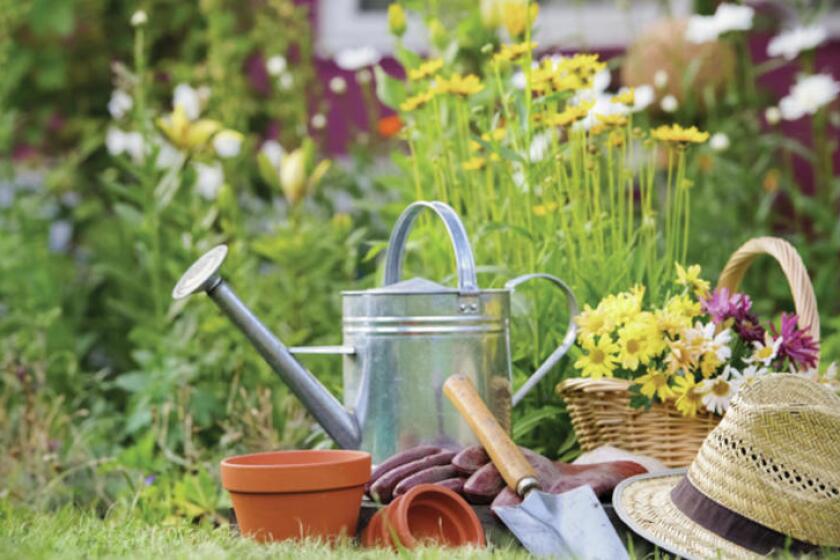What on earth is a honeyberry, you might ask?
I have been growing honeyberries for about 10 years and have enjoyed many fine desserts and jams from their fruit. Honeyberries grow on bushes about three to four feet tall, are blue to deep purple, larger than a blueberry and elongated. I think they taste like a blueberry/raspberry mix with a hint of lemon.
ADVERTISEMENT

Growing honeyberries (Lonicera caerulea), also known as haskap berries, can be a rewarding experience. These berries are not only delicious but also hardy and easy to grow in our USDA hardiness Zone 3a. Some varieties are
Honeyberries are available at most garden centers in the area, can be ordered online or take a visit to
Here are some tips to help you get started growing your own honeyberries. They require cross-pollination to produce fruit, so it's essential to plant at least two different varieties. This will ensure better fruit set and yield. Common varieties for our neck of the woods include Aurora, Borealis, Honey Bee and Tundra, to name a few.
When planting your honeyberries, choose a sunny spot in your garden with well-draining soil. The berries can tolerate a range of soil types, but they prefer slightly acidic to neutral pH levels. Plant the bushes at the same depth they were in their nursery pots. Space them about 4-5 feet apart to allow for proper growth and air circulation.
Keep the soil consistently moist, especially during the first year of growth. Mulching around the base of the plants can help retain moisture and suppress weeds. Honeyberries have low fertilizer requirements. A balanced fertilizer (such as 5-5-5) applied in early spring should be sufficient.
The berries are usually ready to harvest in early summer, mine typically are ready by late June, although my daughter-in-law at Detroit Lakes has picked some already this spring. Mother Nature seems a bit mixed up this year. The berries should be fully blue/purple and slightly soft to the touch.
Prune honeyberries immediately after fruiting to encourage new growth and maintain their shape. They bloom and fruit on old wood, so avoid heavy pruning.
ADVERTISEMENT
Honeyberries are generally resistant to pests and diseases, but keep an eye out for common issues like aphids and powdery mildew. In my experience, pests have never been a problem, but our dog loves them, so we have to keep her out of the garden while the berries are ripening. We try to leave a few of the latest berries for the birds to enjoy.
Once you have picked your honeyberries, you treat them like blueberries, pick out the damaged ones, leaves, twigs and other debris. They can be frozen for yummy desserts later. I have made honeyberry crisp, served with whipped cream or ice cream.
I have made a sweetened, thickened sauce to serve on pancakes or layered in a trifle bowl with angel food cake squares, lemon pudding and cool whip. Honeyberry jam is delicious as well. Honeyberries can be substituted for blueberries in just about any recipe: muffins, pies and even smoothies.
I hope you consider growing this easy-to-grow fruit for a new culinary experience. You will be glad you did.
These local garden articles will reach you each week throughout the gardening season, but gardening information can be found year-round by clicking on "Yard and Garden" at the University of Minnesota Extension website, or by visiting our Facebook page at
Local Master Gardeners will respond to questions via voicemail. Call (218) 444-7916, and leave your name, number and question.








